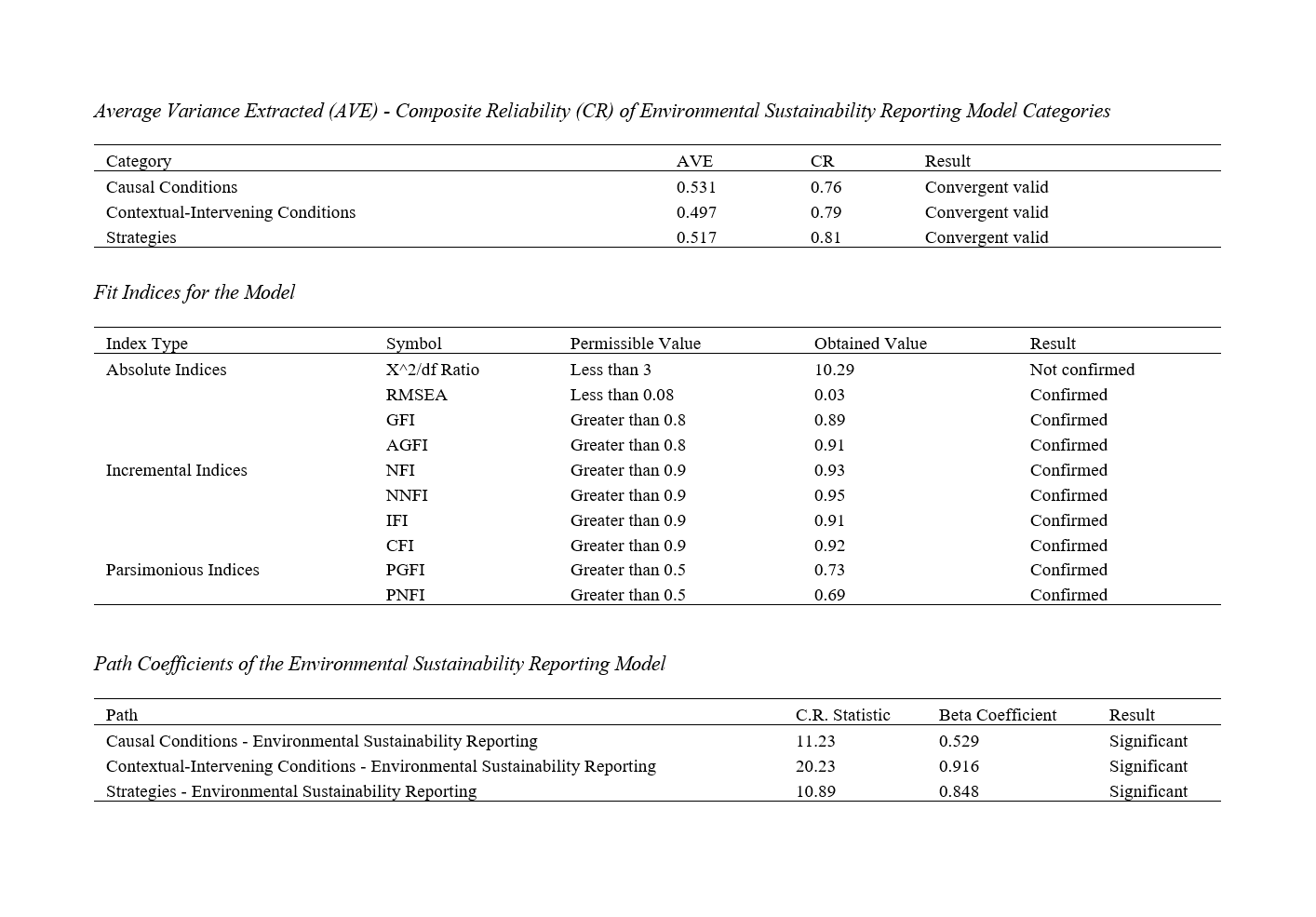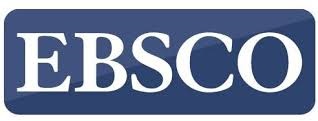Futurology of Sustainable Environmental Reporting Models Considering Innovation Indicators
Keywords:
Sustainable environmental reporting, environmental accounting system, sustainability innovationAbstract
Objective: The primary objective of this research was to present a futurology model for sustainable environmental reporting, considering innovation indicators.
Methodology: The present study was applied and mixed-method (qualitative-quantitative) in terms of purpose. The population included experts (accountants, auditors, and university professors), selected through purposive sampling; 11 individuals were chosen for the qualitative sample. The quantitative population included all accountants and auditors active in the country's official accountants association, from which 384 individuals were randomly selected using Cochran's formula. The qualitative tool was semi-structured interviews, and the quantitative tool was a researcher-made questionnaire based on the indicators identified in the qualitative section. The validity of the research instruments was confirmed through content validity, and the reliability was established using Cronbach's alpha. Data were analyzed using structural equation modeling in SPSS and AMOS software.
Findings: The results indicated that environmental standards, with a coefficient of .908, had the highest correlation with sustainable environmental reporting, whereas green culture, with a coefficient of .192, had the lowest correlation. Additionally, the results of the second-order measurement model showed that intervening conditions, with a coefficient of .916, and causal conditions, with a coefficient of .529, had the highest correlation with the innovation-based model of sustainable environmental reporting.
Conclusion: The futurology model of sustainable environmental reporting, considering innovation indicators, demonstrated a good fit; therefore, planners can contribute to the development of organizational goals towards environmental sustainability.
Downloads

Downloads
Additional Files
Published
Submitted
Revised
Accepted
Issue
Section
License
Copyright (c) 2024 Seyed Hamid Ramazani yasuj (Author); Hamid Reza Jafari Dehkordi (Corresponding Author); Bahareh Banitalebi Dehkordi (Author)

This work is licensed under a Creative Commons Attribution-NonCommercial 4.0 International License.















